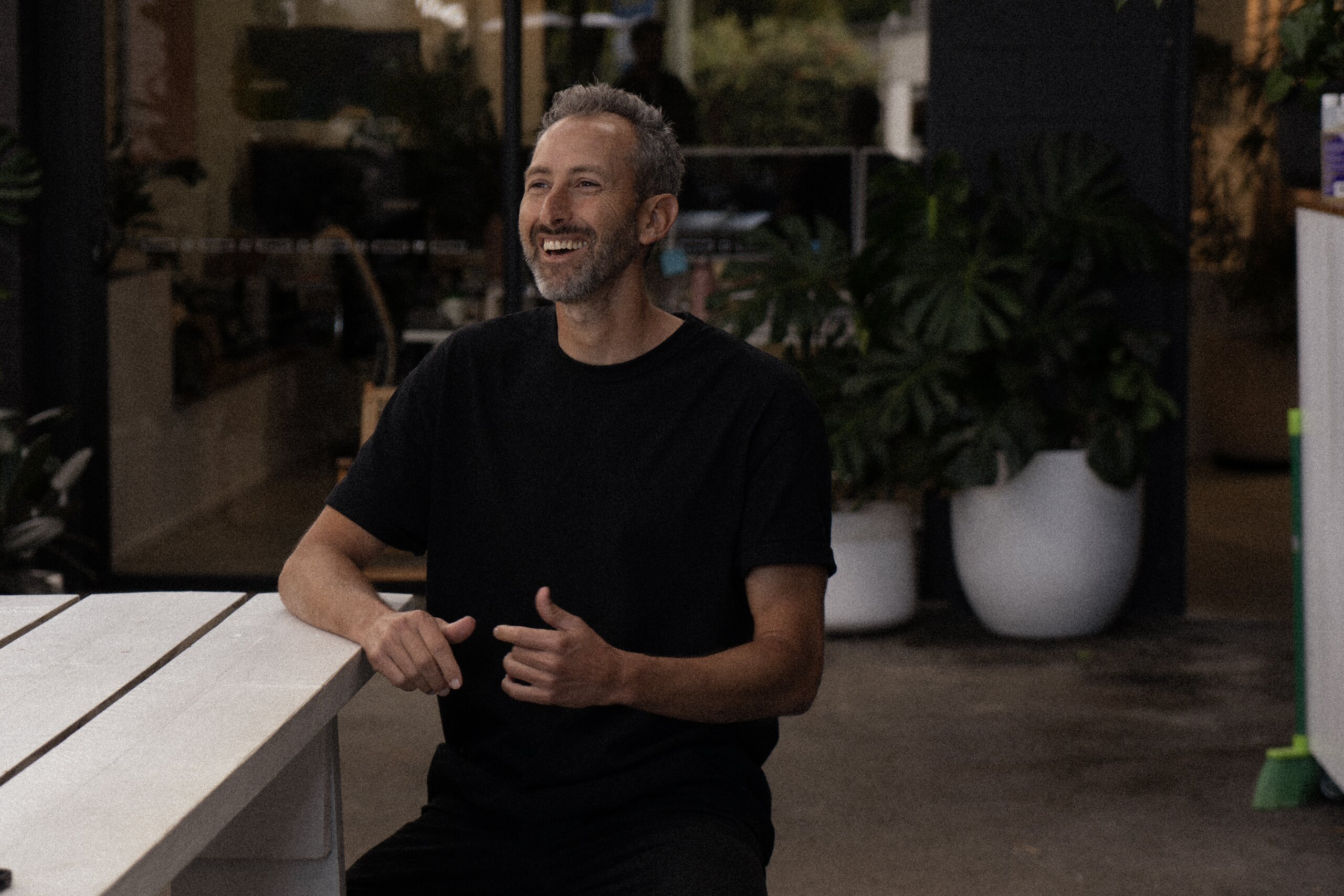Two main things to keep in mind here:
Have an MVP mindset — try and continually restrict your ideas to the minimum set of features you need to create something useful and testable for real users. Don’t worry, you can always add more later if your core product takes off.
Test your ideas early and often — more on this below, but the bottom line is there’s no use building something that costs a hundred grand if you’ve not even shared the idea with someone who’ll actually use it.
Taking a lean approach to both the refinement and scope of your idea, as well as how you actually plan, design and test your product will save you massive chunks of time and heartache.
Don’t assume, sprint.
A relatively new approach to discussing big ideas, building prototypes and testing your assumptions is called a design sprint. The design sprint was devised by Jake Knapp from Google Ventures and it’s been tested and proven 100s of times to be a super effective method for the rapid assessment of an idea. What’s really attractive about this process is that you get feedback on your concept within a 5 day period rather than months of design and development, working in a customer feedback void.
We recently ran a design sprint for a long term client of ours and the results were very interesting. While I’d love to report that the idea was well received by the testers — it wasn’t and our client had to radically rethink his approach but the net result was that we tested his assumptions, got the answers we needed and importantly saved him hundreds of thousands in product building costs.
What often kills ideas early, especially in risk-averse large tier companies, is the “shit that’s a lot of investment” factor in building software. The big advantage of a design sprint is that it significantly reduces the risks by getting rapid feedback from people who might actually use the product.

Avoid writing lines of code, make a prototype
Employing a team of developers or working with an agency to build a product takes investment, so before you go ‘all in’ consider developing a prototype of your product idea. Our team have used a number of prototyping tools but the one we default to is invision a clever tool for creating usable prototypes that don’t require a single line of code.
There’s so much value to be gained in having something ‘real enough’ to work with and test, and we’ve noticed 4 really big benefits of this project stage;
Turns visions into reality, making an idea much more tangible
Highlights challenges that you couldn’t have predicted or mitigated
It’s fast and cost effective
Gives the client a pitching tool to rally support from internal teams and also outside investment
Useful for gaining early feedback form users and other stakeholders without overreaching on the design budget.
Don’t skimp on UX, even if you don’t know what it is
User experience design or UX for short is an emerging skill set that’s practiced by design teams around the world, including our team at Ply. In short, UX design is about making products more useful, simpler and more engaging. Above all, it’s about focusing on what customers want.
UX has a lot of ingredients; requirements building, hard-core documentation, user flow mapping, sleek design, clear directional copywriting and more. It’s the combination of these skills that brings the UX recipe together. Get schooled up on UX and how it can benefit your business — it’s super important to how products get built, improved and ultimately succeed.
Ultimately, building and launching a successful product is a long and sometimes costly journey. The rewards are abundant if you succeed, which is what makes it such an attractive path to head down; the key idea here is to not travel too far down any single path until you’re sure it’s one worth taking

